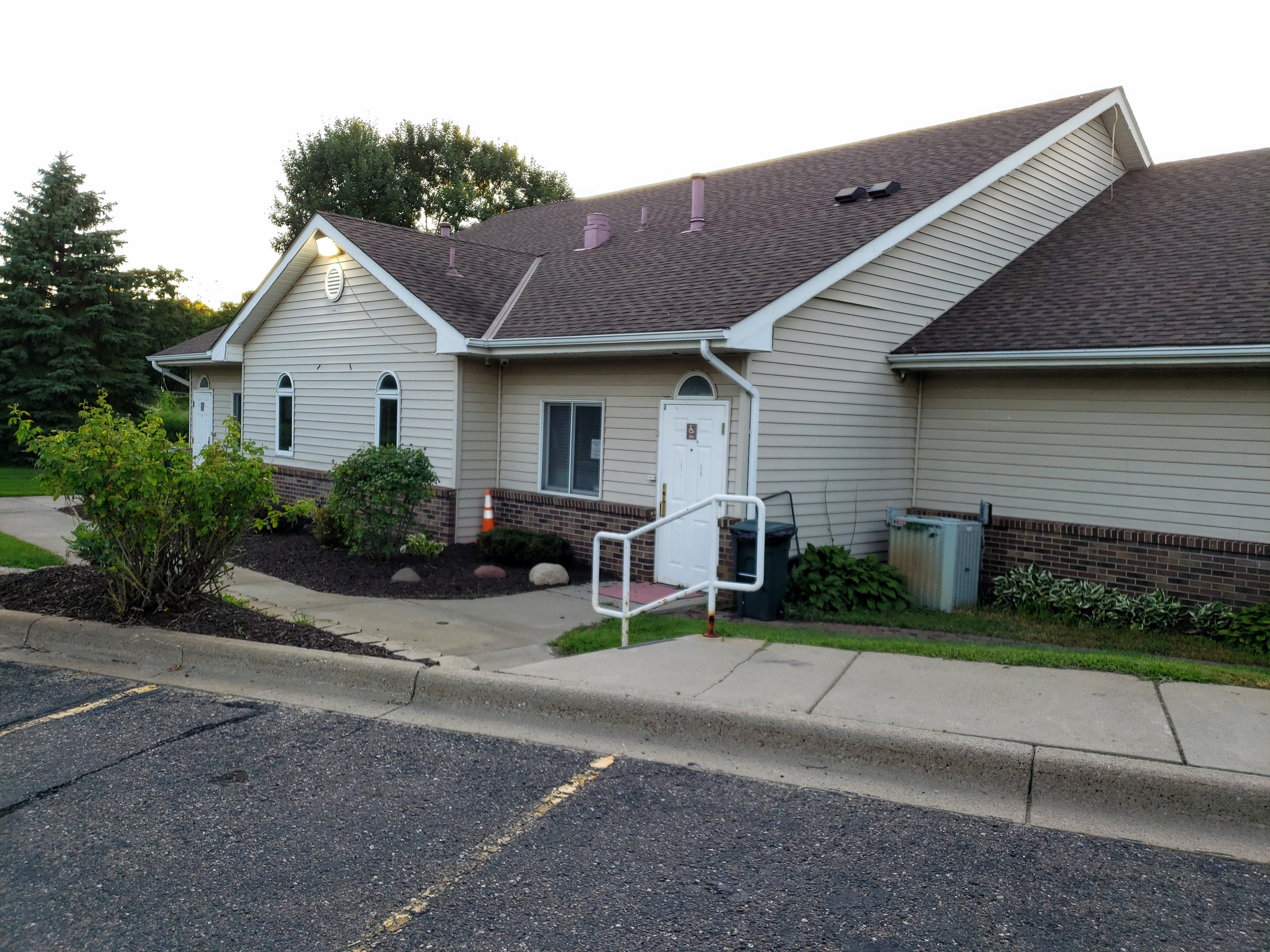Vision
The Madressah shall be a guiding institution of learning and teaching the creed of Shia Ithna-Asheri faith; to instill the love of Allah, His Prophet, the Holy Quran and Ahlulbayt, in the heart of the new generation.
Aims and Objectives
- The Madressah will support Islamic learning at home.
- The Madressah shall help students recite Quran with Tajweed and full understanding of the message of guidance which Allah (SWT) has sent to humanity.
- To nurture conscientious practicing Muslims.
- Help the students develop a sense of positive Muslim identity.
- To enable the students/graduates to make informed choices consistent with Islamic spiritual and moral norms.
- To guide the children of the community to the right path, through the teachings of the Quran and the fourteen Masumeen.
History
Introduction: A Brief History of the Madressah:
The Madressah of Anjuman-e-Asghari had a very modest beginning, but has mashallah grown to a sizable school with admirable facilities. It began in 1984 when a member of the community started the Madressah with eight students in the basement of their home. Every Friday, students would come to the home to gain knowledge in classes which focused on recitation of the Qur’an and Islamic studies. Between 1985 and 1986, the Madressah had grown to a size of eighteen students. To accommodate the larger class size, the Madressah was moved to the community center in Crystal and then later to North Hennepin Technical College.
Gradually more families found out about the classes and showed an interest, subsequently enrolling their children. Four years later in 1989, the Madressah had grown to 35 students and the classes were then held in the newly-built Imambara. In 1991, the number of students enrolled was 52. The Madressah classes switched from Fridays to Sundays with an added class: Arabic Language. With such a large number of students continuously enrolling, in 1994 the community embarked upon building a Madressah Center. Consequently, from generous donations from across the globe, Anjuman-e-Asghari laid the foundation for a new Madressah Center, which opened in 1996. At the formal opening ceremony of the Center, Marhum Mulla Asghar M.M. Jaffer named it Az-Zahra Madressah. The new center consisted of ten classrooms, a library, kitchen, office, and an assembly hall. In the 90s the Madressah added Academy classes for grades ten and up, and classes switched to Saturdays.
Currently Madressah has over 135 students enrolled and approximately 55 volunteer teachers and support staff and is held on Sundays. Alhamdulillah the Madressah enrollment continues to grow every year with new students and volunteer teachers.
Structure
Az Zahra Maddressah was project started in 1994 by the community and from generous donations from across the globe, Anjuman-e-Asghari laid the foundation for a new Madressah Center, which opened in 1996. At the formal opening ceremony of the Center, Marhum Mulla Asghar M.M. Jaffer named it Az–Zahra Madressah. The new center consisted of ten classrooms, a library, kitchen, office, and an assembly hall. In the 90s the
Madressah added Academy classes for grades ten and up. Classes seven through tenth grade and the academy occupy and use the Imambara building.
in 2019 Az Zahra Madressah has 135 students and 55 staff members consisting of teachers, Subs, TAs and admin staff members.
Future Plans
We are in the process of revamping our academy curriculum and InshAllah- will try to make it more motivational for the students of higher grade levels. Also, we would like to see our madrassa students are well informed about their religion and grow up as confident as Muslim’s in the society.
Challenges
At AZM Madressah we heavily rely on voluntary teachers, and there is no paid staff. Sometimes this is resulting in backlogs and non-timely completion of the curriculum. Our children when they go to school and colleges and they hear and see things they are not sure about, we would like them bring it to our attention and we would like to talk about it. We are also working on community cohesion to enable different groups of people to get on well together. The student participation and interest level is low as they transition to higher grades (Academy).



